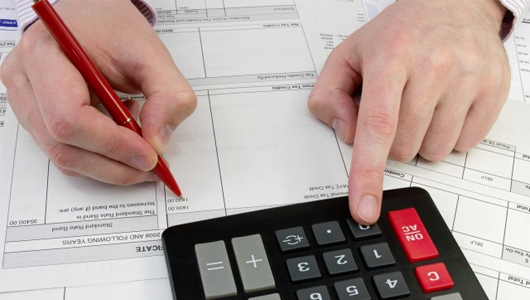All news » The VAT Threshold: What Is It and How It Is Calculated
The VAT Threshold: What Is It and How It Is Calculated

Countries around the globe have different VAT thresholds. Nonetheless, if your business is operating in the UK and your taxable sales volume exceeds the current £81,000 VAT registration threshold, you will more than likely have to register for VAT. Put simple, that means that if you are having sales that are subject to standard or zero-rated VAT, you will carefully need to check the sales’ level in a 12 months period and see if it is over or under the VAT threshold.
What to do if your business mixes a variety of sales
If your business has a mixture of sales, out of which some are exempt from VAT (as for example fund raising for charity, education and training, insurance, finance and credit etc.) and others are subject to VAT, you will have to calculate if you are under or over the VAT threshold by taking into account only those sales that are not VAT exempted. Standard or zero-rates services or goods are considered taxable supplies, while exempt services and goods are considered non-taxable supplies.
To clarify things, let’s consider the following example:
Mary is running a sole trader business which provides cosmetician services. But she also trains other cosmeticians. The training Mary is providing is exempt from VAT. However, the cosmetician services are considered taxable supplies. Mary’s total sales amount for June is £86,000 and she wants to know if she needs to register for VAT or not. Nonetheless, at a closer look at the sales volume, only £60,000 of her sales are related to cosmetician services, while the remaining £26,000 are related to training. What does this imply? It basically implies that only the £60,000 count towards the threshold. That means that, since she is still within the established VAT threshold, it is not compulsory for her to register for VAT purposes.
However, a voluntary VAT registration might sometimes be beneficial, as it might allow you to claim back some of your purchases VAT. There are certain conditions you have to meet in order to be able to reclaim VAT, so make sure you ask for all the necessary information.
Useful VAT tips
•Carefully have your business reviewed to see which VAT accounting (accrual or cash) is more beneficial.
•If your business’ revenue is under £150,000, carefully consider if the Flat Rate VAT schema benefits you more.
•If you are approaching the VAT threshold, carefully check your business’ figures each month, especially since HMRC can check any 12 months period and not only your normal tax year.
•If your business has been going badly lately, make sure you check if it is still applicable for VAT registration.
•Make sure the accounting system you use for VAT calculation is a good one –for example Sage One -, especially if you have a high number of transactions and you don’t have a tax advisor or accountant.
Get in touch to find out how we can help you
Tagged in: calculate VAT VAT VAT Threshold
